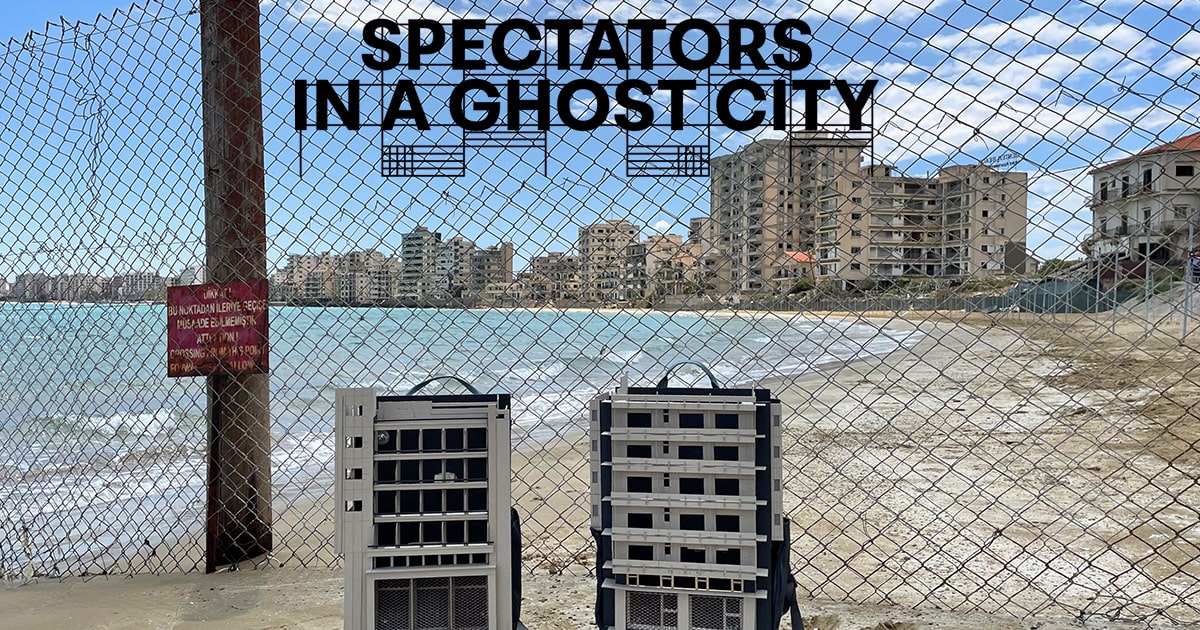“Spectators in a Ghost City” – Cyprus National Participation (THOC) in Prague Quadrennial of Performance Design and Space 2023 under the title “RARE”, receives the Prestigious Golden Triga award amongst 59 countries and 2000 artists.
Melita Couta, Adjunct lecturer at the UNIC Fine Art programme was the Artistic Researcher, Installation Designer and Maker of the awarded presentation, based on the initial idea of Curator Marina Maleni.
The exhibition took place between 7–18 June 2023 in Prague. The installation, entitled “Spectators in a Ghost city” was inspired by the artistic theme of PQ23, “RARE” and the ghost city of Famagusta, in Cyprus.
The curatorial concept proposes the use of scenographic methodologies as thinking processes, political acts, negotiating real spaces of conflict and artistic practices. Fragments from Famagusta, video archives from today and before 1974, experimental sculptural maquettes inspired by the city’s urban texture, acoustic environments and performative practices were used to connect this “rare” city with the Prague Quadrennial ’23 visitors.
How can we understand places of conflict and trauma through their materiality as carriers of memories? How can we connect with them through scenographic methodologies and ultimately envision their possible futures?
Melita Couta has presented a talk on 9 June, open to the public and attended by the members of the Jury, where she presented her research, methodology and process in creating the work, carefully negotiating issues of trauma, conflict and spectacle. In a video performance projected inside the installation, she collaborated with Dr Pascal Caron, Adjunct lecturer at the UNIC Department of Music and Dance, to perform a walking journey from Famagusta to Prague.
In the words of the Jury:
“This elegant and many layered exhibit demonstrates how scenography can interrogate and negotiate local themes of memory, absence and presence that resonate universally. It self-critically invites visitors to question their own position as viewers of real or reproduced sites of conflict and trauma. By looking at the past, present and possible futures of the site glimpsed through the narrow square openings of buildings, the exhibit provokes feelings of anguish while suggesting the RARE potential for hope”.

